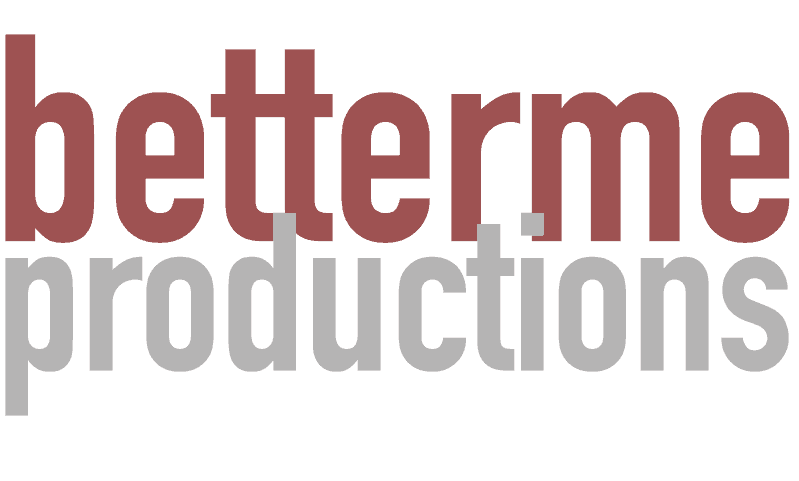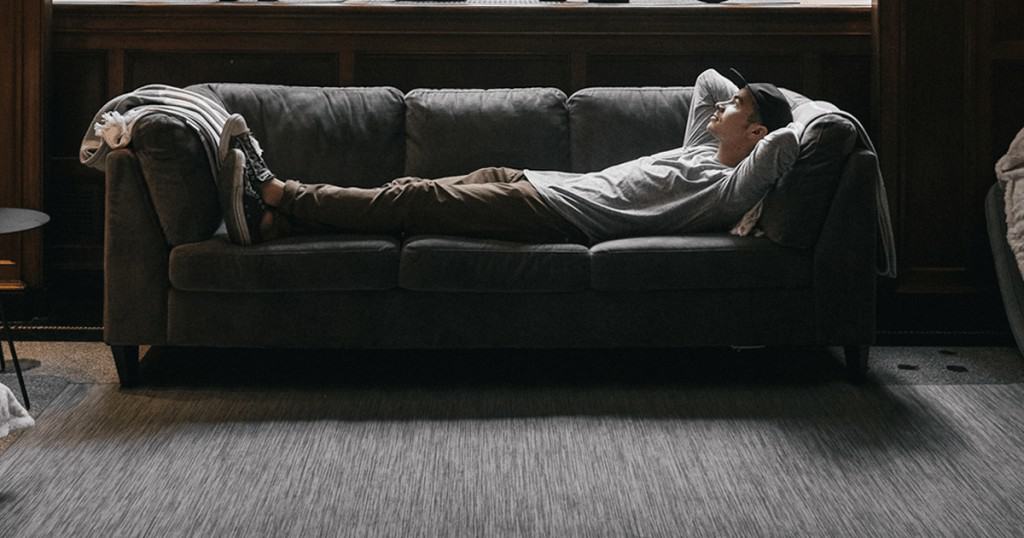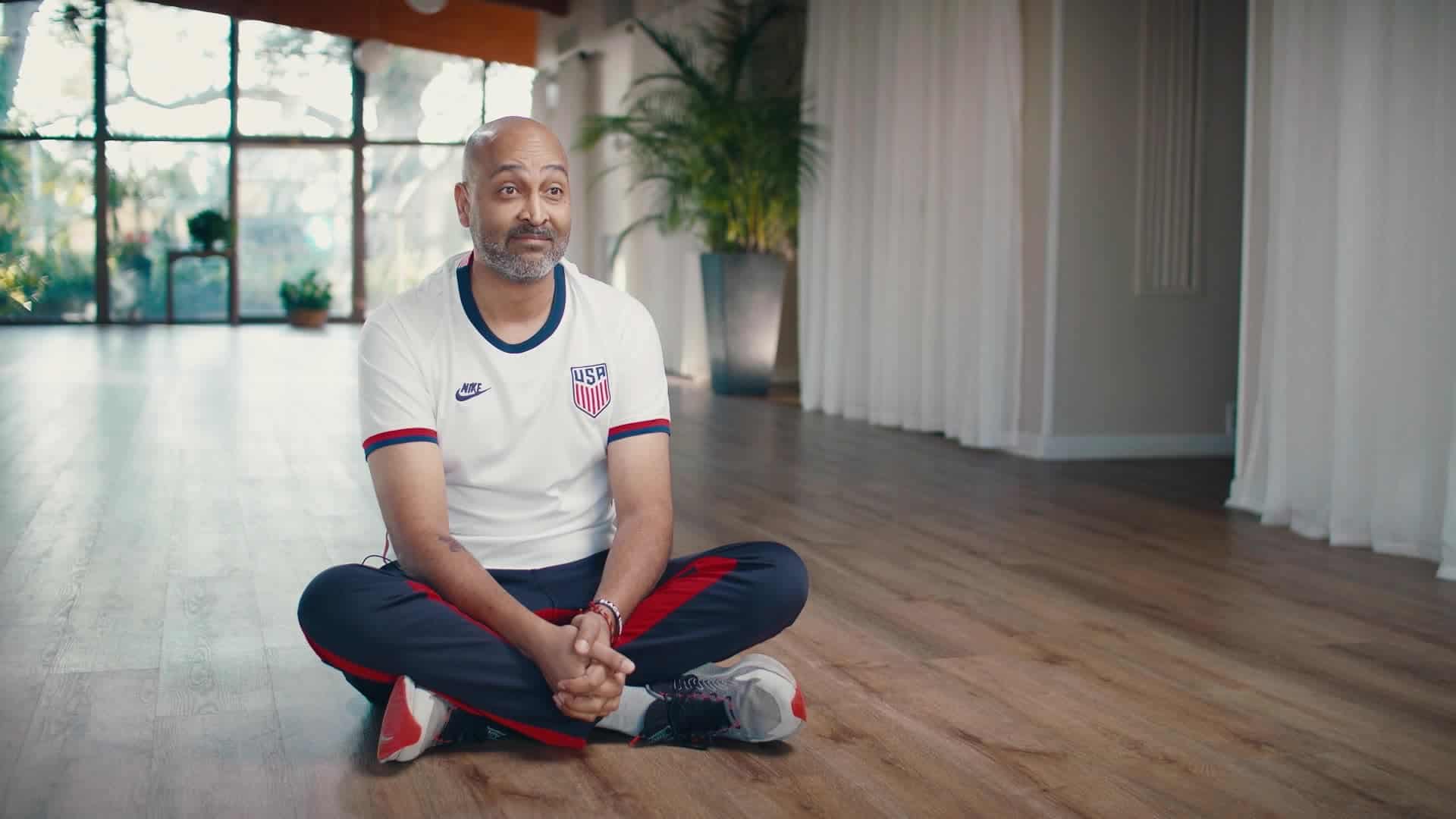I remember in the founding days when we held our first ever storyboarding session with a client, a non-profit homeless advocacy group. We met at the founder’s house, in the living room with him and his wife. The lights were dim. We sat on the sofa.
We discussed the struggles he was having in growing his organization, and the reasons that led him to request the video.
We talked about his own experience of being homeless in the past; how he found inspiration in theater and the performing arts, and changed his circumstances.
He wanted to tell a story about art and hope. There were some ‘aha!’ moments in our storyboarding session where critical realizations dawned on the client as the result of going deep into the ‘why’ behind his work and his aspirations for the video.
We left the meeting and immediately it struck me, wow, that was totally a therapy session.
After going through this storyboarding process with many more clients over the years, I’ve come to appreciate the therapeutic aspects of storyboarding.
This idea of storyboarding as therapy is only a metaphor, but metaphors can be useful and powerful. I hope that this post will inspire you to see the value of storyboarding for helping you to work through the deeper issues in your business or non-profit.
If you have an idea for a video but you’re unclear on how to implement it, you may be interested in a deal we are running in February 2020. Until the end of the month, you’ll receive 50% off your Storyboarding Session + Storyboard Deliverable when you start any new project with Betterme Productions. You can learn more about it here.
How is storyboarding a video like brand therapy?
Disclaimer: I am not a mental health professional nor do I intend to compare the process of storyboarding a video to actual psychological therapy. We should not trivialize the essential and critical services that real mental health counselors offer. Those in need of mental health support should contact a licensed therapist.
- Storyboarding is an outlet to release the pressures of your business, discover what significance they have, and find solutions.
Our video production clients are human beings, and they experience pressures at work just as they do in their personal lives. The relationship we have with work is intertwined with our personal identity, and if work doesn’t feel meaningful, then we feel there is some meaning lacking in our lives. Therefore, storyboarding is an outlet to release these pressures, discover what significance they have, and find solutions for your business. - In storyboarding, we examine the narratives that the brand has formed throughout its existence. We retain those narratives that are helpful and discard those that are unhelpful. Through this process we get to change the narrative to one that suits our customers and our business better.
Therapy is about exploring narratives that you have formed throughout your life. In storyboarding, we examine the narratives that the brand has formed throughout its existence. How does the company identify itself and how does it communicate its core values and beliefs to the market? These questions are important to understand when creating a video for your brand. In exploring these questions, founders and staff will also gain new insights about their identity as a team. - Storyboarding is a tool to explore your narratives without criticism.
Getting clear on your mission, vision, and values is essential to creating a truly impactful video campaign. At the same time, this process of seeking clarity on your business’ core beliefs is one that will serve you in broader ways. When you storyboard a video, you awaken an excitement for this process of introspection which serves your business in extensive ways beyond just the production of this one particular video. - Storytelling provides relief.
To create a video is to create art. And creating art is therapeutic. Adrienne Rich said that “poetry can break open locked chambers of possibility, restore numbed zones to feeling, recharge desire.” The process of expressing yourself through art is an experience that is enriching for the soul: yours and that of the brand. - Your creative team plays a therapeutic role in that they are curious about you in a way that others may not be, or may not have the time to be.
When you work with a production company, you pay for a professional to dedicate their time and attention to you. It is in fact their job to lend you their ears and contribute their expertise to helping you solve your problem. As production professionals, we are passionate about storytelling. We are genuinely curious about our clients and we are excited to storyboard new and interesting creative projects. - Therapy helps you form a strategy to navigate your life. Storyboarding helps you to form a strategy on how to navigate in the marketplace of ideas.
Getting clear on your mission, vision, and values is essential to creating a truly impactful video campaign. At the same time, this process of seeking clarity on your business’ core beliefs is one that will serve you in broader ways. When you storyboard a video, you awaken an excitement for this process of introspection which serves your business in extensive ways beyond just the production of this one particular video.
Don’t Skip the Storyboarding
Starting a video production project is exciting! It can be tempting to launch right into the shoot — after all, that seems like the fun part, when everyone’s looking their best and performing in good spirits for the cameras.
When you had the idea for the video, you knew generally what you wanted to create — e.g. a testimonial from a customer, a commercial for a product, a tutorial about how to use a certain feature.
Because you know your business and your industry, it’s tempting to think that you can just wing it: get everyone to answer a few basic questions about how much they love working for you, capture a few shots of the product, and get some generic b-roll of the owner looking over an employee’s shoulder pointing at the computer. You know the generic b-roll I’m talking about.
While remarkable results can certainly arise from spontaneous creativity, a video shoot without a storyboard is a risky proposition.
Benefits of Storyboarding
- You and your teammates will put your heads together and come up with great ideas for marketing your company as you brainstorm the possibilities for your video
- You’ll realize the value of exercising your creative muscles, and what is possible when you think outside the box
- You’ll build internal morale as you ponder deep questions together like the ‘why’ of the business and how you change people’s lives
- You’ll use production time more effectively. A film crew with a storyboard in hand will have less thinking to do on their toes. They will be empowered to execute on capturing great shots that were planned ahead.




